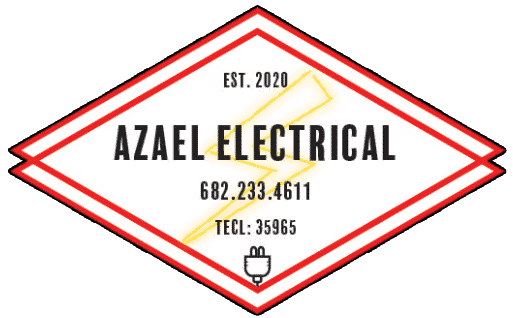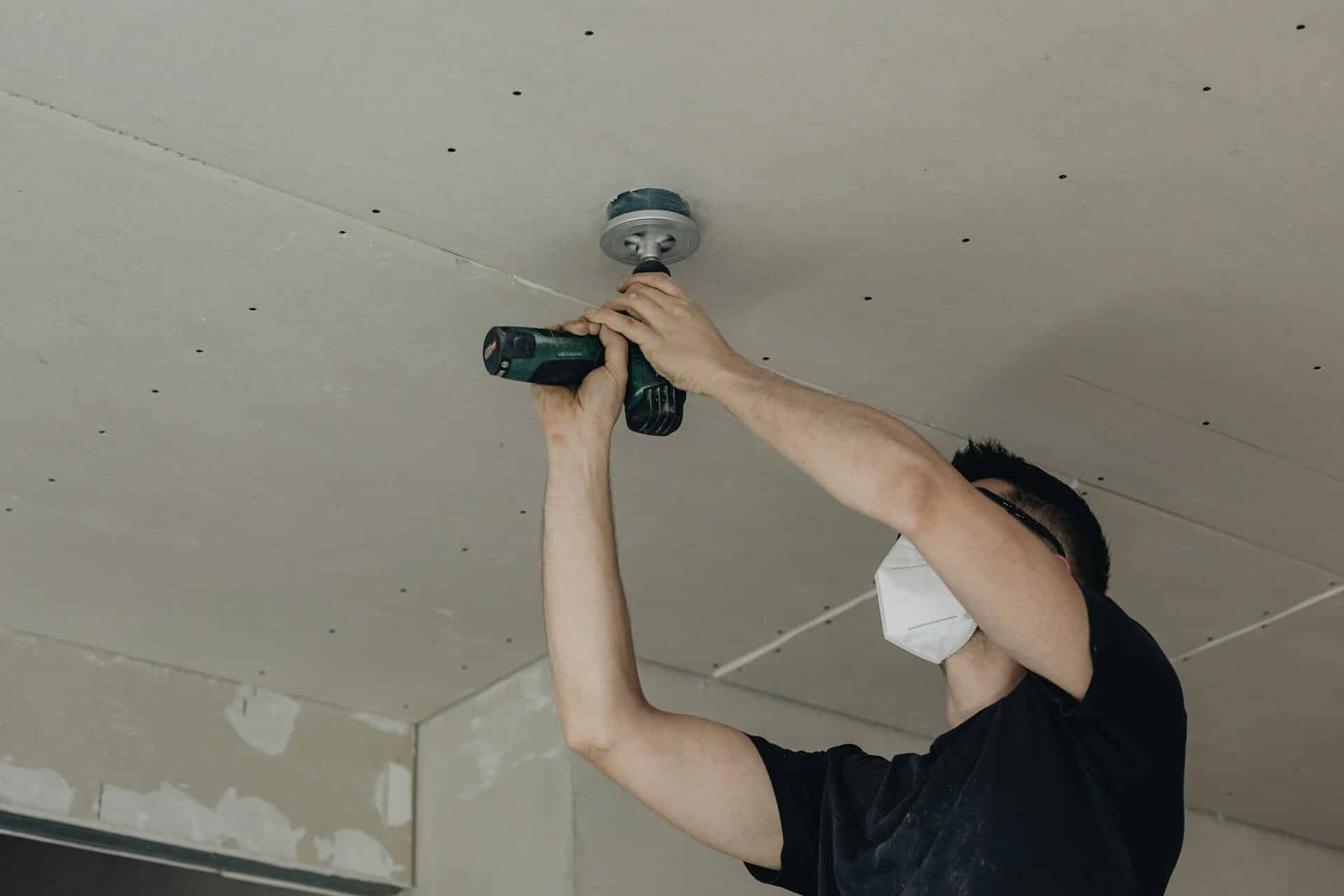A broken light fixture can be a frustrating problem, especially if it leaves you in the dark. Luckily, with a little know-how, you can fix many common issues on your own. Understanding the basics of light fixture repair can save you time and money. Plus, it equips you with valuable skills and confidence for future electrical fixes.
Identifying Common Issues with Light Fixtures
Light fixtures can encounter several common problems that disrupt their function. One typical issue is flickering lights, which might signal a loose bulb, a faulty switch, or unstable wiring. Flickering can be annoying and might indicate a deeper electrical problem that needs addressing.
Non-functioning switches are another frequent issue. This could occur if the switch itself is broken or if there’s a problem with the internal wiring. Diagnosing these issues involves a careful inspection of the switch and connection points. Loose connections within the fixture can also cause intermittent power or failure to the light. These often result from aging components or poor initial installation.
To diagnose these issues safely, start by turning off the power at the circuit breaker. This is crucial to avoid electric shock during inspection and repair. Once the power is off, check connections at the light fixture and switch for signs of wear or damage. Re-tightening connections or replacing worn-out parts can often solve the problem. For accurate assessment, using a voltage tester once the power is back on can help confirm if the issue is resolved.
Essential Tools and Safety Gear for Repairs
Repairing light fixtures requires the right tools and safety gear to ensure the job is done safely and efficiently. Essential tools include screwdrivers, which are necessary for removing fixture covers and loosening wire connections. Wire cutters and strippers are vital for trimming and preparing electrical wires.
A voltage tester is crucial for confirming that circuits are safe to work on and that the repairs have resolved the issues. This tool helps detect live wires before starting any work, ensuring that power is indeed off in areas where repairs are needed.
Safety gear is just as important when working with electricity. Rubber gloves provide insulation against electrical shock, offering a safe barrier when handling wires. Safety goggles protect your eyes from any accidental sparks or debris, ensuring that your vision remains unharmed during the repair process.
Always remember that safety comes first. Using the correct tools and wearing proper safety gear protects you and ensures that your light fixture repairs are successful and hazard-free. With the right preparation, you can tackle common fixture issues with confidence and precision.
Step-by-Step Guide to Repairing Light Fixtures
Taking the time to fix light fixtures can be straightforward with the right steps. Begin by ensuring that the power to the fixture is completely off. Head to the main breaker panel and switch off the circuit that supplies power to the light. Double-check that the light fixture is not receiving electricity by using a voltage tester. This step is vital for your safety.
Once you’ve confirmed that the power is off, start by inspecting the bulb. Sometimes, a simple bulb replacement can solve the problem. If the bulb isn’t the issue, unscrew the fixture and gently pull it away from the wall or ceiling. Look at the connectors and wires. Loose connections are a common cause of flickering lights or non-functioning fixtures. Tighten any loose screws and reconnect any wires that may have become detached.
If rewiring is needed, first remove the old wiring with wire cutters. Strip about half an inch of insulation from the end of each wire to make new connections. Connect the wires by twisting them together and securing them with wire nuts. Carefully tuck the wires back in and reattach the fixture securely. Once everything is in place, turn the power back on and test the light. If it’s working properly, you’ve succeeded in repairing your fixture.
When to Seek Professional Help
There are instances where repairing a light fixture might be beyond what you can handle safely. If your fixture is buzzing, constantly dimming, or causing circuit breakers to trip, these issues might indicate larger electrical problems. Such problems require professional assessment to prevent potential hazards like electrical fires or serious outages.
In situations where you encounter complicated wiring issues or cannot identify the problem, it’s wise to consult an expert. Electrical work can be dangerous if not handled properly. When choosing an electrician, look for someone with positive reviews and proper licensing. A reliable electrician should also offer a clear service estimate upfront.
Conclusion
Repairing light fixtures can be a satisfying and cost-effective approach to maintaining your home. With a basic understanding of common issues and repairs, tackling flickering lights or non-functioning switches becomes manageable. However, it’s essential to prioritize safety and know when it’s time to call in a professional. This balance ensures that your lighting solutions are both safe and effective.
Azael Electrical is here to help with any electrical needs you may have in the DFW metroplex. Whether it’s a simple repair or a more complex issue, our family-owned business is ready to assist. Trust our professional lighting electrician to provide the utmost care and expertise for your home. Contact us today to ensure your lighting is always at its best!

